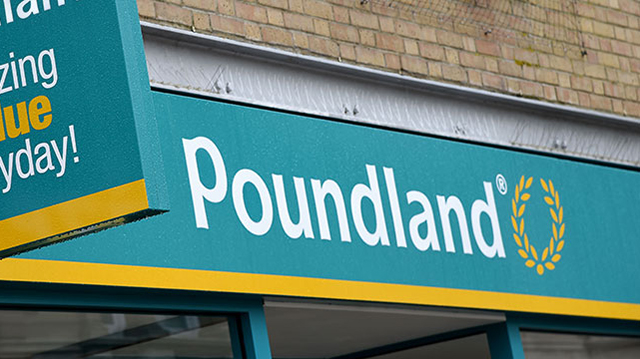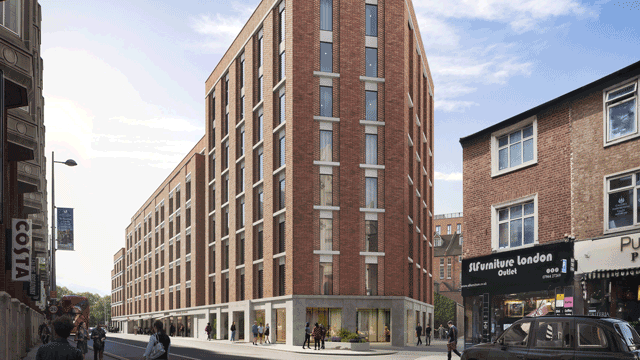Dealing with the glut What is the state of the city centre residential market, three years into the recession? Graham Norwood reports from the UK’s key centres and finds mothballed schemes and weak sales
In 2008, the residential downturn looked simple. There were simply “too many flats in too many city centres”. The media, from Estates Gazette to red-top tabloids, ran stories of vast pipelines of identical two-bedroom units and a near-total lack of buyers.
Now it is more complicated. Money is cheap, but developers have never found it harder to obtain funding; prices are down on 2008, but so are completions; and the lettings market is doing well in most locations, but landlords remain wary of expanding portfolios.
So are city centre flats still the whipping-boy as the downturn enters year three?
In one area, nothing has changed. The people selling the flats still defend the product, and insist that the recession has now corrected any oversupply that existed.
Jonathan Morgan, managing director of Morgans estate agency in Leeds, is an avid supporter of the “city centre living” concept, which was launched a decade ago. He says that his patch of the city has seen a 35% rise in sales in recent months and is enjoying “solid rental returns” because developers have mothballed most of the 15,000 flats that were in the pipeline at the end of 2007.
King Sturge, which has been the largest national agent selling city centre units since Knight Frank left the sector when the downturn began to bite, is also optimistic about the market. Stephen Hogg, partner at the firm’s Manchester office, says that the oversupply seen in the city in 2007 has gone, and there are “very few units available”.
In Bristol, George Cardale, head of new homes at Savills, says that there is a “serious undersupply” because developers are unable to find funding for schemes.
Yet this perception of a turnaround in the city centre market is hard to find outside the sales side of the industry. Many planners, financiers and even some selling agents say that, although most schemes remain mothballed, there is still substantial oversupply.
Manchester
Of five large schemes on which King Sturge is instructed, only 161 units remain unsold out of almost 1,000, and there have been 450 resales.
The numbers of new applicants and deals are well up on the lows seen in 2008 and stock is down.
But Katie Dean, development executive of consultant GL Hearn, says that owner-occupiers are not buying “landlord flats” in the city centre. “For the average price of a flat in the city centre, you get a lot of house in nice suburbs with plenty of free parking,” she says.
The council in flat-swamped Salford says that 75% of future homes should have three bedrooms or more, while 50% of any new flats should be larger than 635 sq ft.
Leeds
“Work is continuing on just two schemes, and I doubt any new ones will start for some years. Developers have done well to let unsold units, but it’ll take some years to convert the oversupply to sales,” says Andrew Wells, partner at Allsops’ Leeds office.
He says that two factors are key – banks must remember the damage caused by oversupply and therefore resist bids for funding from what he calls “overoptimistic developers”, and future interest rate rises could push landlords into cutting their portfolios.
Liverpool
“Several major developments stalled in the recession – including Windsor’s L1 scheme and the New World Square residential complex,” says Martyn Green, partner at King Sturge in Liverpool.
Although some have been mothballed, around 1,000 units are part-constructed, and more than 3,000 units that have not been started have consent and are classified by council planners as “anticipated”. Many of their sites are, however, on the market.
“Currently mothballed schemes will probably have to be reworked into more mixed-use developments,” says Green.
Birmingham
Stalled schemes have been given £10m of kickstart public funding in addition to £11m for the city’s Housing Market Renewal area.
In the private sector, there have been delays on developments, including Masshouse, Newhall Square and Snowhill.
Crosby has sold 48 tenanted units at its 270-flat I-Land scheme to a professional investor, but individual sales of flats are still struggling.
Work on the 23-storey, 244-unit Cube, originally due for completion in 2008, has been taken over by BuildAbility, and is set to be completed later this year.
Bristol
The city has never had the excessive supply of large schemes, but 4,000-plus units at all stages of consent remain mothballed.
New strategic plans for Bristol, North Somerset and South Gloucestershire all emphasise extensions to existing urban areas rather than city centre expansion.
“The development market has stalled,” says Paul Edgington, regional director of agency Connells.
Cardiff
Between 2003 and 2008, 68% of new homes in Cardiff were flats.
Bellway and Bovis have restarted mothballed schemes at Cardiff Bay but, elsewhere, the residential part of the recently opened St David’s development has been cut back, and many developers are renegotiating existing consents to switch from flats to houses.
Mike Rees, director of new developments at major funder BNP Paribas RE, says that, while the house market booms thanks to a major undersupply, flat sales are still struggling despite “price cutting, increased incentives and block sales to housing associations”.
DTZ says the city has enough new and secondhand flats “for the foreseeable future”.
Legal cases mark a lack of confidence
How will existing stock sell in city centres, and what is the future for this dense, rental-led kind of development? Most analysts predict few city centre schemes will be built in the next decade, and those that are will be of a higher quality and aimed at a wider base than just landlords seeking profits.
“Specification tended to lower when times were good and the product was nearing the minimum a developer could get away with. The intention now is for higher grade development,” says Justin Sumner, new homes director at GL Hearn.
Connells, the UK’s second-largest estate agency, is now entering into a marketing and funding association with BNP Paribas RE and aims to be a major player in the residential development sales arena.
Paul Edgington, Connells’ Bristol regional director, has a more dramatic analysis: “Developers must realise people generally don’t want to live in flats as their main residence for long periods. There needs to be a complete rethink.”
But even if city centre residential development trends change soon, for years to come buyers who paid top dollar at the market’s peak will be regretting their purchases.
An estimated 300 legal cases bought by developers against defaulting off-plan buyers who now claim they cannot obtain mortgages to cover the contracted peak price are to be heard in the spring.
Some are willing to walk away from deposits but, with a signed contract, developers are not letting them go quietly.
“If we were confident of selling those flats again at the prices we struck in 2007, we’d probably forego the hassle of court cases now,” says one developer who wants to remain anonymous.
“But we’re not confident, so we’re pursuing those who’ve defaulted.”










